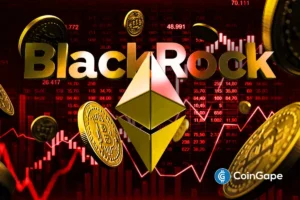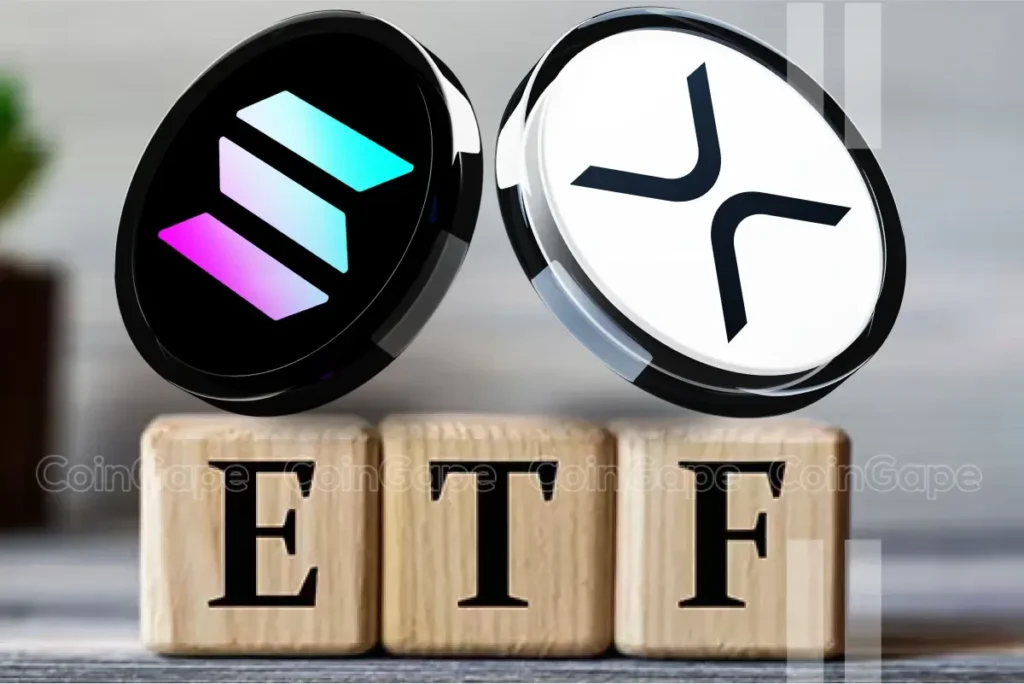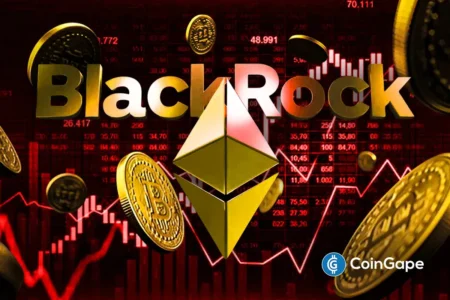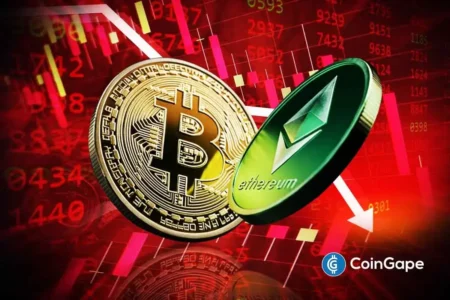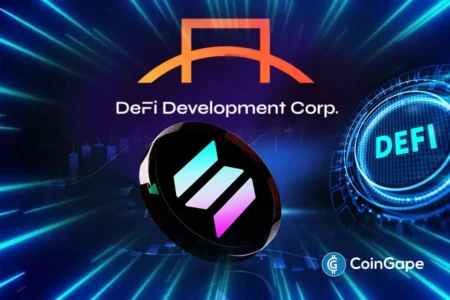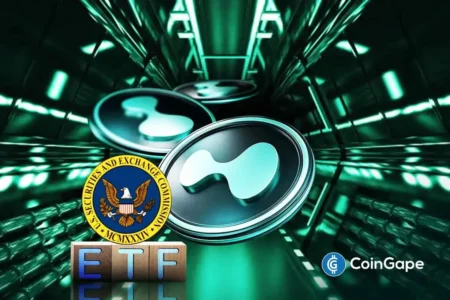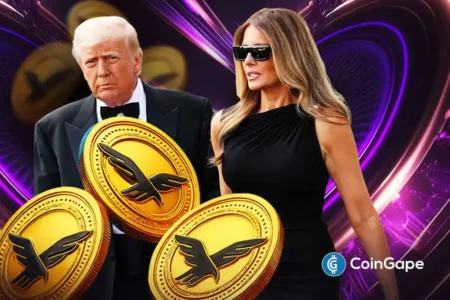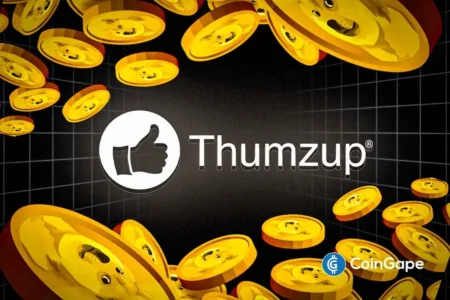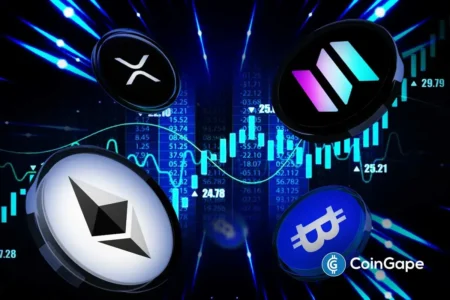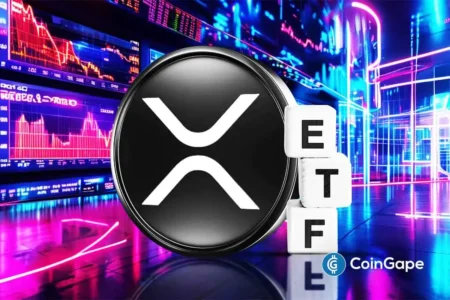The Rise of Crypto ETFs: A Closer Look at Fidelity’s Solana ETF and Canary’s HBAR and XRP ETFs
In a notable development for the cryptocurrency market, the Depository Trust & Clearing Corporation (DTCC) recently listed Fidelity’s Solana ETF, along with Canary’s HBAR and XRP ETFs. This listing has generated significant interest within the crypto community, fuelling speculation about potential approval by the U.S. Securities and Exchange Commission (SEC). However, experts emphasize that this listing does not equate to regulatory approval, as the SEC retains the final say on ETF applications.
DTCC Listings: What They Mean for Investors
The DTCC’s new listings include Fidelity’s Solana ETF (FSOL), Canary’s XRP ETF (XRPC), and Canary’s Hedera ETF (HBR). While the market buzz suggests a potential green light for these funds, experts like Nate Geraci and Bloomberg’s senior ETF analyst Eric Balchunas caution against reading too much into it. According to them, the listing serves primarily as a procedural step and does not automatically guarantee that the ETFs will commence trading. It’s essential for investors to grasp the complexities of this process, as approval from the SEC is still required.
Approval Odds According to Market Analysts
Bloomberg informs us that the XRP and Solana ETFs have approximately a 95% chance of receiving SEC approval, while HBAR’s ETF stands at a favorable 90%. The SEC’s decision is expected by October, with the commission having postponed all altcoin ETF applications until this deadline. This tantalizing timeline has incited excitement within the market, even as regulatory hurdles remain. Experts urge investors to maintain realistic expectations, as historical trends indicate a significant number of listed ETFs never make it to market.
SEC Delays and Broader Market Impacts
Recently, the SEC has extended the review period for several applications, including those for Ethereum ETFs submitted by the likes of BlackRock and Fidelity. This is not the first time the commission has delayed decisions, as it has also postponed its verdict on Franklin Templeton’s XRP and Solana ETFs. Such delays display the SEC’s cautious approach to cryptocurrency regulation, highlighting the complexities and risks that investors need to consider.
Market Reactions and Price Movements
The news surrounding these ETFs has contributed positively to the prices of XRP, Solana, and HBAR. Following several macroeconomic reports indicating a weakened labor market and cooling inflation, XRP and SOL are currently trading at $3.03 and $235, showing increases of more than 1% and 4% respectively in just 24 hours. Furthermore, HBAR has seen a remarkable surge, with a jump of over 25% in the past week, now standing at $56.43. These price recoveries are attributed to broader market improvements and expectations of upcoming Federal Reserve rate cuts, which could further influence the crypto landscape.
The Crypto Market’s Overall Landscape
As the crypto market gathers steam, the total market capitalization has once again surpassed $4 trillion. The upcoming expiration of numerous crypto options is expected to bolster market momentum. Investors are keenly watching various indicators, including macroeconomic trends and regulatory developments, to gauge future price trajectories for these cryptos. The growing interest in ETFs positions them as a critical avenue for mainstream investments in digital assets, potentially widening access to more traditional investors.
Conclusion: Moving Forward in a Dynamic Market
In summary, the recent listings of Fidelity’s Solana ETF and Canary’s HBAR and XRP ETFs by the DTCC have stirred excitement in the crypto community, raising hopes for SEC approval. However, it’s crucial for investors to stay informed about the mandatory regulatory processes and understand the inherent risks. With a favorable outlook for several ETFs and a recovering market, the future of cryptocurrencies appears promising, albeit laden with challenges. As the landscape continues to evolve, investors are encouraged to conduct thorough research and remain vigilant in their trading strategies.
By keeping informed and weighing the intricacies of ETF approvals against market dynamics, participants in the cryptocurrency arena can make better decisions as they navigate this fast-developing sector.




